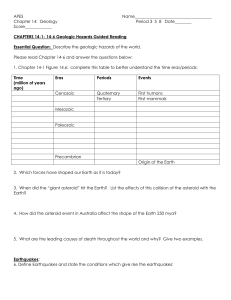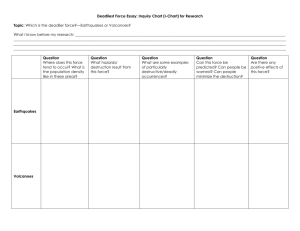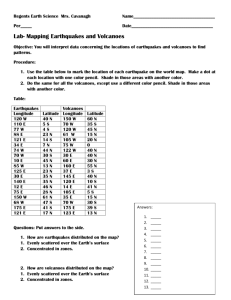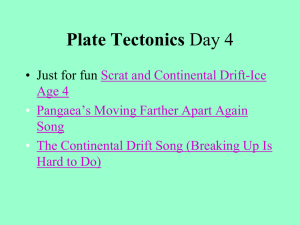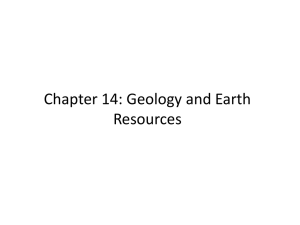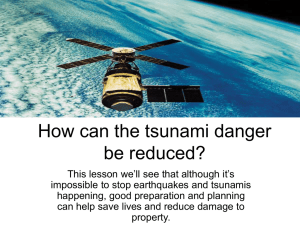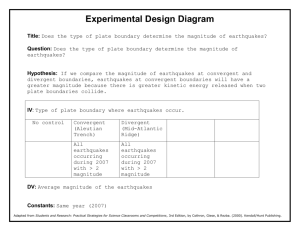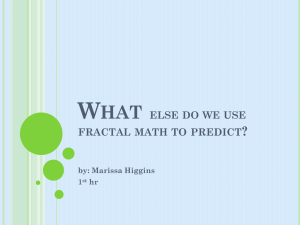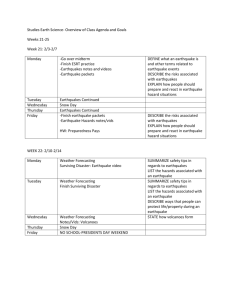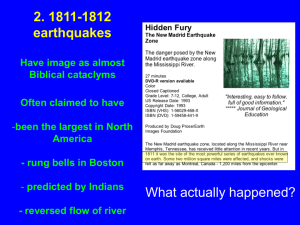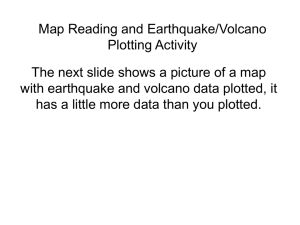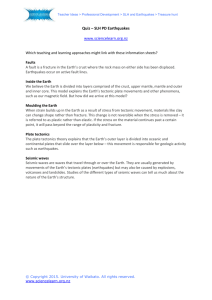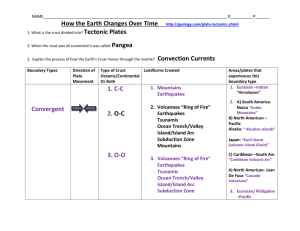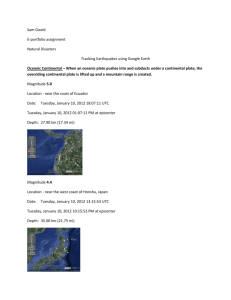Integrating Differentiated Instruction and Understanding by Design
advertisement
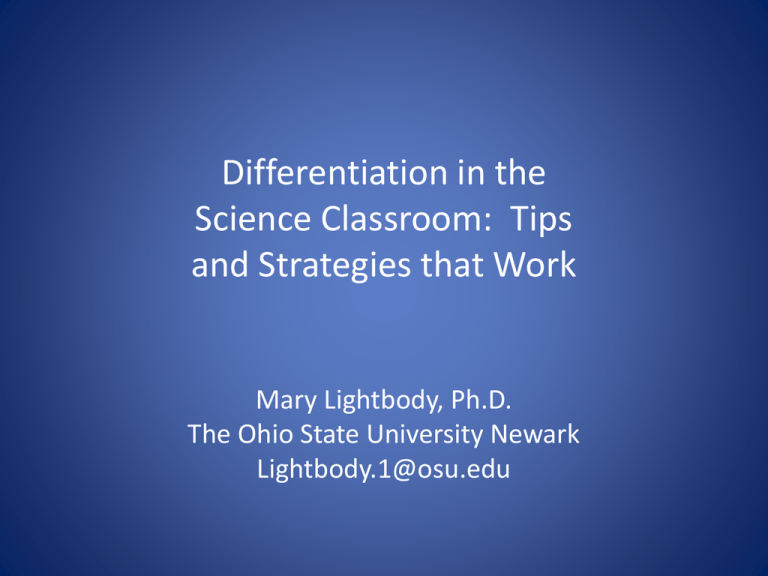
Differentiation in the Science Classroom: Tips and Strategies that Work Mary Lightbody, Ph.D. The Ohio State University Newark Lightbody.1@osu.edu Research supports the need for DI Students come to the classroom with preconceptions about how the world works. from How People Learn, Bransford, Brown, & Cockling (p10-15) Operational Definition(s) Think –> Pair –> Share A process through which student needs are met different avenues to content different ways to processing, constructing, or making sense of ideas; and different ways to demonstrate understanding. Begin with the students • Get to know them • Use small-groups • Offer many ways to explore • Use informal assessments regularly • Consider how students learn science Match instruction to need • Readiness • Interest • Learning Profile • Multiple Categories Example #1 • Based on Learning Styles of 3rd graders • Big idea: some events in nature have a repeating pattern • Generalization: The water cycle is a repeating pattern • Differentiated products from Indiana Department of Education http://www.doe.in.gov/exceptional/gt/tiered_curriculum/welcome.html Auditory learners • Read A Drop Around the World • Present ideas through audio means: – – – – Reader’s Theater Play Radio broadcast Blog Visual learners • Read Cloudy with a Chance of Meatballs • Relate ideas to water cycle • Show understanding through visual: – Chart – Concept map – Graphic Kinesthetic learners • Create a working model of the water cycle • Materials: – Clear jar – Hot water – Ice – Foil • Explain what is happening in the cycle Example # 2 • Curry and Samara matrix for 7th graders http://www.curriculumproject.com/index.htm • • • • • Pre-planning through a grid of options Bloom’s Taxonomy (on x-axis) Content on y-axis (specific to big ideas) Teacher assigns students in small groups May have 2 -4 groups working at a time on different learning opportunities I II III IV Basic / Basic Higher / Basic Describe the energy transformations in lighting up a light bulb, and demonstrate understanding through a concept map. Generate a Rube Goldberg Model showing 4 energy transformations. Basic / Big Idea Higher / Big Idea Identify ways to conserve energy in your community and demonstrate understanding through a letter to the editor. Compare and Contrast energy consumption and pros/cons of regular gas engines, hybrid engines, and electric engines in cars, and prepare a multimedia Presentation to share. Example # 3 • Tiered Assignments / Kathie Nunley http://www.help4teachers.com/samples2.htm • Students contract for and self-select a grade • Student choices at 3 levels: – Everyone does C level – Some students do B level – A few students do A level • 10th grade Earth Science unit on earthquakes – Jon Stern, New Paltz High School, New York Objectives for unit • Understand scales that measure earthquakes. • Determine the location of earthquakes. • Recognize the most likely locations of earthquakes and volcanoes. • Understand how seismic waves can be used to infer information about the earth's interior. • Know seismic hazards and appropriate precaution. C Level Select options to add to 65 pts: • Take notes on 4 assigned topics (5 ea) • Create a web page or PPT (5) • Create flash cards for list of terms (5) • Select two or three book assignments (5 ea) • Complete two lab investigations (10 ea) • Watch video (5) and complete worksheet (5) • Bring in newspaper articles on topic (5) B Level Select one (15 ea) • Design an Earthquakes Preparedness Brochure • Internet Lab: Ranking Hazardous Volcanoes • Computer Lab: Earthquake Patterns A Level Select one (20 ea) • What are the relative advantages of the Richter Scale vs. the Mercalli Scale in the study of earthquakes • Determine whether earthquakes or volcanoes are more dangerous, and defend your choice. • How concerned do residents of the our region need to be about earthquakes? Differentiate … • Content • Process • Product • Environment A Dynamic Duo • Differentiated Instruction – (Carol Ann Tomlinson) • Understanding by Design – Grant Wiggins and Jay McTighe Tomlinson, C.A. and McTighe, J. (2006) Integrating differentiated instruction and understanding by design: Connecting content and kids. Alexandria, VA: ASCD. 1. Identify desired learning results for the subject and topics you teach. 2. Determine acceptable evidence of student learning. 3. Plan learning experiences and instruction based on Steps 1 and 2. 4. Regard learner differences as inevitable, important, and valuable. 5. Address learner’s affective needs. 6. Articulate learning goals clearly. 7. Use assessment aligned with instruction to make decisions. 8. Employ flexibility in instructional planning and classroom routines. 9. Gather evidence of student learning in a variety of formats. Strategies and Tips • • • • • • Engage them Make it real Make it current Make it meaningful Give time for practice Adjust reading level of materials Strategies and Tips (con’t) • • • • • • • Provide the right amount of challenge (ZPD) Enable self-motivation Deal with what is “fair” Provide real audiences Be effective and efficient Start small and add more over time Ask for help along the way One final thought … Change is a process not an event. Lightbody.1@osu.edu

